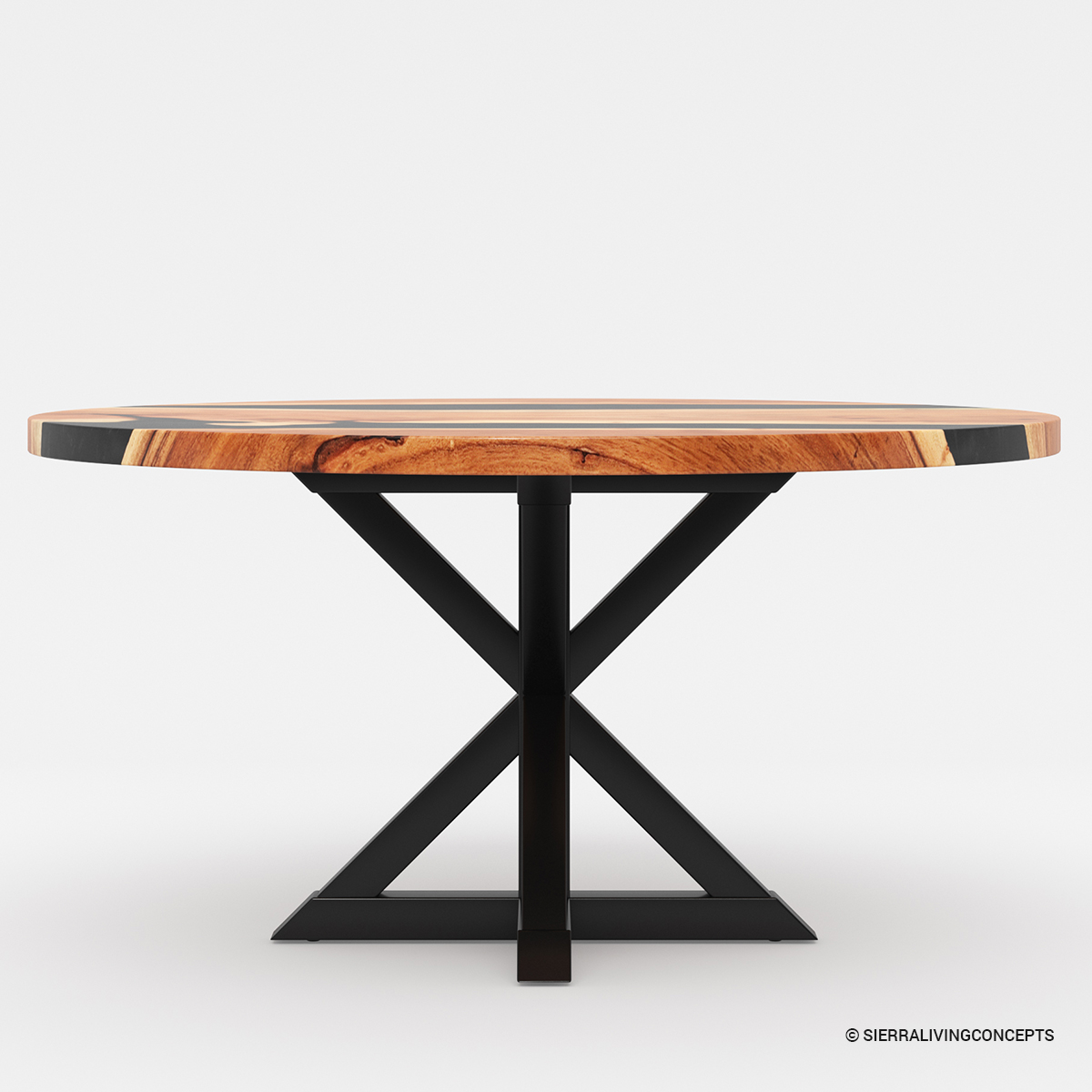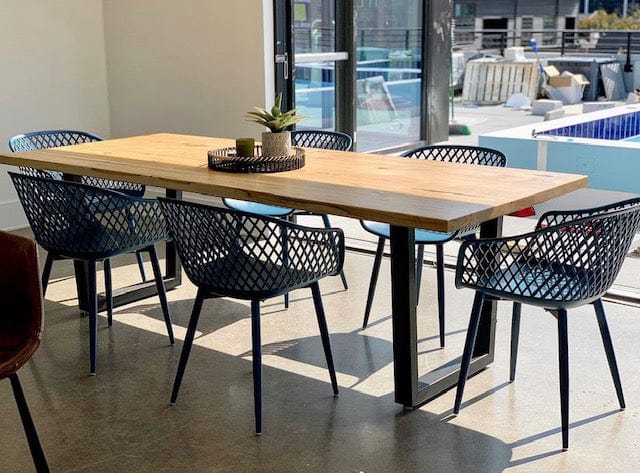How Dining Room Table Legs Can Change the Entire Aesthetic of Your Room
How Dining Room Table Legs Can Change the Entire Aesthetic of Your Room
Blog Article
Professional Tips for Installing Dining-room Table Legs for Optimum Stability
When it comes to mounting eating room table legs, attaining optimum security is extremely important for both functionality and appearances. What specific strategies can boost security also better?
Select the Right Legs
When picking the ideal legs for your dining space table, it is important to think about both performance and aesthetic appeals. The legs you pick will considerably influence the general style and security of the table. Assess the table's intended usage; if you expect regular celebrations, stronger legs, such as those made from strong timber or metal, might be much more ideal, as they provide boosted resilience and assistance.
Following, take into consideration the elevation and design of the legs in connection with the table top. Standard table typically range from 28 to 30 inches in height, so ensure the legs line up with this criterion for convenience. The style of the legs ought to enhance the design of the table top-- whether it be modern-day, rustic, or standard. For example, conical legs can include a contemporary touch, while transformed legs could communicate a more classic visual.

Select Appropriate Hardware
Exactly how can the best equipment enhance the stability and longevity of your eating area table? The selection of proper equipment is important to ensuring that the legs of your table are safely affixed and able to hold up against regular usage. Top quality screws, bolts, and braces offer the needed toughness to sustain the weight of the table, as well as any kind of added loads put upon it throughout dishes or events.
When choosing screws, go with those made from durable products such as stainless-steel or brass, which resist rust and keep integrity gradually. The size of the screws is just as crucial; they should permeate deeply right into the table's structure without compromising integrity. For bolted connections, think about making use of lock washing machines to prevent loosening due to vibration or movement.
Furthermore, making use of edge brackets can include added support, especially for larger tables or those with larger tops. These brackets distribute weight evenly and aid preserve the table's shape. Guaranteeing that the hardware you pick is ideal for the details materials of your table will even more enhance its general stability and longevity, permitting you to enjoy your dining experience for many years to come.
Ensure Correct Alignment
Proper positioning of dining-room table legs is vital for both aesthetic appeal and practical stability. Misaligned legs can lead to an uneven table top, which may not just be visually unattractive but additionally compromise the table's functionality. To attain optimal placement, start by gauging the distance from the table's edges to the leg attachment factors. This makes sure that each leg is positioned equidistant from the sides, developing a well balanced look.
Use a degree during installment to confirm that each leg is vertical to the table top. This step is important, as even minor disparities can rise into significant stability issues with time. It is recommended to note the wanted leg positions on the bottom of the table with a pencil or masking tape prior read what he said to safeguarding them. This practice acts as a visual guide, permitting changes as needed.
Additionally, double-check the alignment after the preliminary screws are tightened up, as modifications may be required before completely protecting the hardware. By prioritizing proper positioning, you not only improve the table's general style but additionally make certain that it continues to be secure and useful for many years ahead.

Take Into Consideration Weight Distribution
After making sure proper alignment of the eating area table legs, it is very important imp source to think about weight circulation to enhance stability and functionality. dining room table legs. Correct weight circulation is important in stopping wobbling and ensuring that the table can sustain its desired load without threat of tipping or breaking down
When placing the legs, ensure they are positioned at equivalent distances from the facility of the table to evenly disperse the weight across the framework. Think about the weight of the tabletop and any kind of products that will regularly relax on it, such as tabletop devices or ornamental items. Tables with heavier surface areas ought to preferably have legs positioned closer to the edges, as this maximizes the base of assistance and minimizes the danger of instability.
Additionally, if the table is meant for use in a high-traffic i was reading this location, think about using much heavier products for the legs or adding supporting components, such as cross-bracing or a lower shelf - dining room table legs. These adjustments can assist keep balance and prevent shifting throughout use. Ultimately, a well-considered weight distribution technique will considerably boost the table's overall performance, ensuring it continues to be a functional and appealing focal point for your dining area
Examination Security Prior To Use
Checking the security of the eating space table before use is a crucial action that needs to not be ignored. If the table shows instability, identify the legs or joints that might call for modification.
Next, inspect that all fasteners and screws are tightened up correctly. Loose connections can lead to instability and possible damages over time. If essential, utilize wood adhesive on joints to boost security, guaranteeing to allow sufficient drying time.

Conclusion
To conclude, the installation of dining-room table legs calls for cautious consideration of products, equipment, placement, and weight distribution to attain maximum stability. By selecting top notch bolts and sturdy legs, making sure specific alignment, and dispersing weight equally, the architectural integrity of the table can be dramatically enhanced. Conducting a stability test prior to routine usage better guarantees that the table will stand up to everyday stress, therefore supplying a safe and trustworthy dining experience.
When it comes to mounting eating room table legs, attaining maximum stability is paramount for both functionality and appearances. The legs you select will dramatically impact the total design and security of the table (dining room table legs). Basic eating tables usually vary from 28 to 30 inches in elevation, so ensure the legs line up with this criterion for convenience.Correct positioning of eating room table legs is necessary for both visual appeal and useful stability.In verdict, the installation of eating area table legs calls for cautious consideration of products, positioning, weight, and hardware distribution to achieve optimum security
Report this page